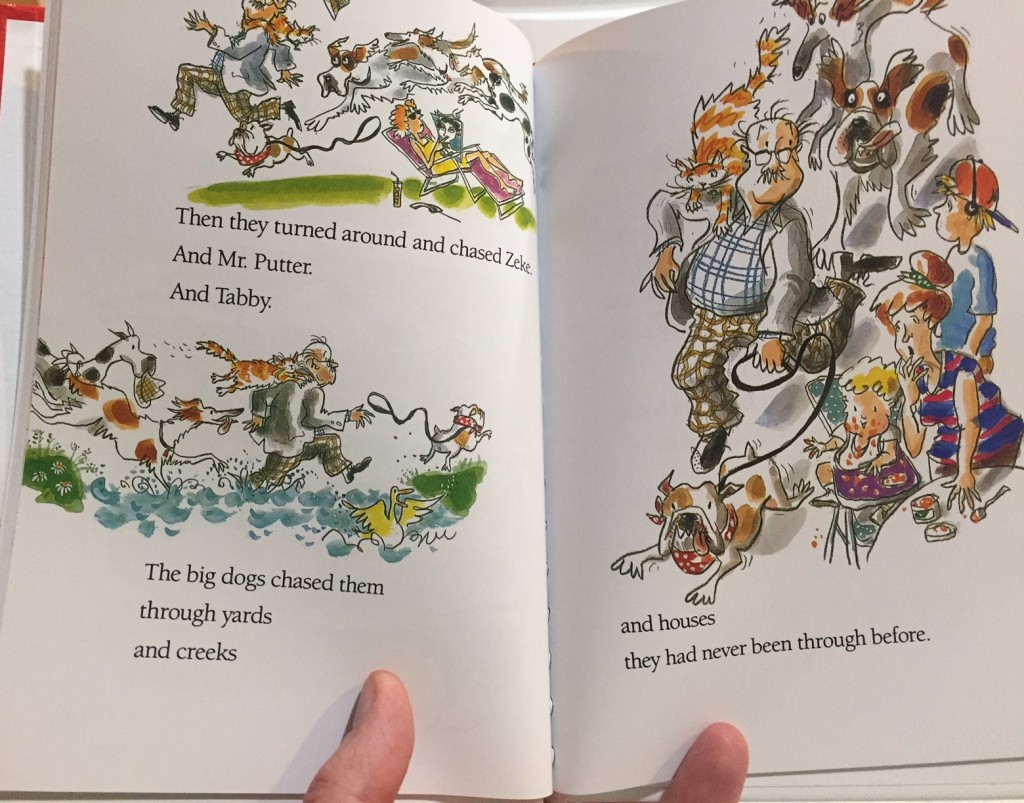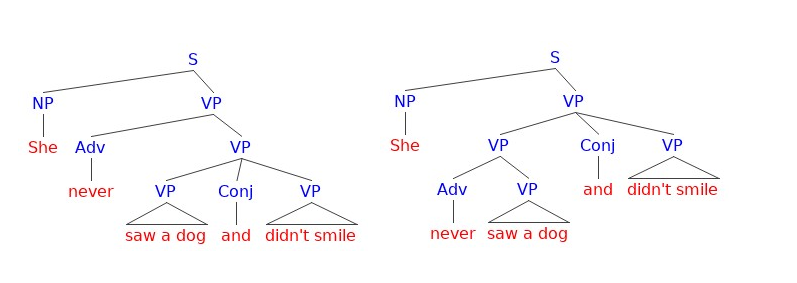Agatha Christie meets Black Mirror. That’s how I would describe a book I just finished listening to, called The 7 1/2 Deaths of Evelyn Hardcastle (or curiously, just seven deaths in some editions), by Stuart Turton. As I listened to its denoeument today, I was blown away to hear a pronunciation variant that I learned about only yesterday, in this tweet from Rob Drummond:
The book was narrated by James Cameron Stewart, and in Chapter 59, at about 16:35, he clearly pronounces,
…a slither of justice for Thomas.
I went over to YouGlish.com and searched for sliver and slivers in the UK video clips. I found that at least in that sample, the slither(s) pronunciation occurs about one out of every three times the word sliver(s) is used: 15 to 21, out of a total of 36 examples. The Australian English section has even fewer samples, but the ratio is about similar: slither(s) three out of eight pronunciations that I was able to hear clearly. I also checked for slither spelled as such, and found six more examples, among the clips with slither used as a verb. I even found a couple of “uncorrected” spellings, where the pronunciation was actually sliver, but the transcript had slither!
In the US section, I found one example of sliver pronounced as slither out of the first dozen or so I listened to, but the total hits here were almost 400, so I didn’t try to hear them all.
The “th” sound that you get in slither, as well as in many function words such as this, that, these, those, they, them, and the is written as [ð] in the International Phonetic Alphabet. The other “th” sound, heard in words such as thick, thin, think, and throne as written as [θ]. Linguists refer to the pronunciation of /ð/ as [v] (for example, bruvver for brother) and /f/ as [θ] (such as fink for think) as “TH fronting”; note the hashtag in Drummond’s tweet. This is because instead of the tip of the tongue touching the front teeth, the action is further forward in the mouth, with the (upper) front teeth touching the (lower) lip.
However, this slither for sliver pronunciation goes in the opposite direction. This is typically what you’d expect when someone is trying to change an aspect of their speech that is stigmatized, and ends up overshooting; it’s called hypercorrection. In this case, it would mean someone trying to erase their TH-fronting, and then turning all their /v/ sounds into [ð]. I don’t know if that’s what’s going on here, since I’m not even close to being familiar enough with the sociolinguistics of British English pronunciation to make the call. Lynne Murphy doesn’t think it is, and on reflection, if it really were hypercorrection, then by now I’d expect to have read in the comment threads add-on observations about speakers who pronounce words like river and even with [ð].
For more about TH-fronting, check out this 2011 post from DialectBlog.





 Having gotten used to the idea of the collective reading, I was surprised and amused to see that this time, the illustration showed exactly the implausible distributive reading I had questioned before! This time, Zeke is pulling Mr. Putter right through a single house.
Having gotten used to the idea of the collective reading, I was surprised and amused to see that this time, the illustration showed exactly the implausible distributive reading I had questioned before! This time, Zeke is pulling Mr. Putter right through a single house.